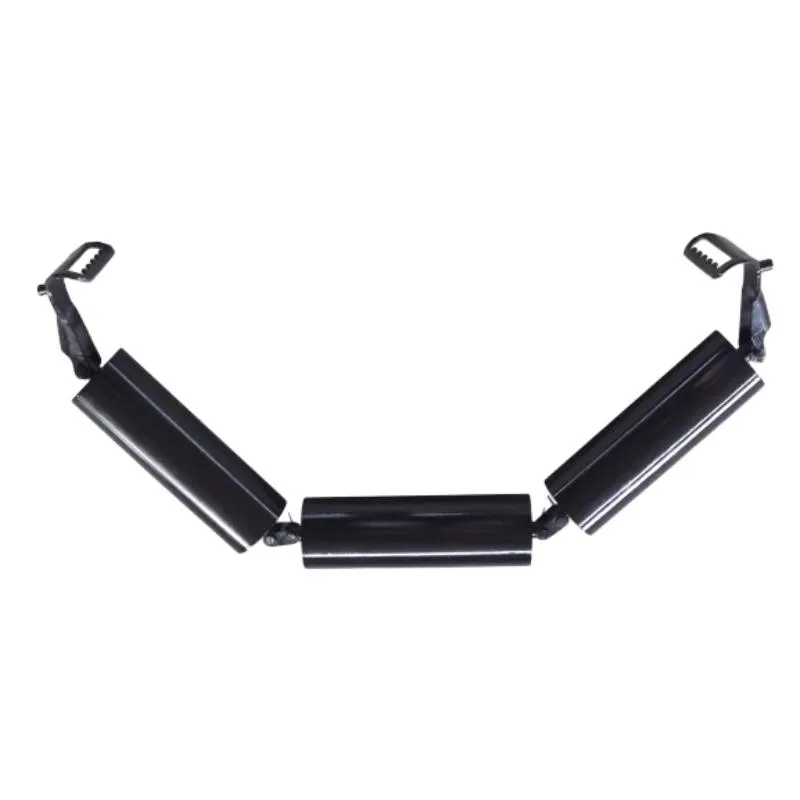 Afrikaans
Afrikaans  Albanian
Albanian  Amharic
Amharic  Arabic
Arabic  Armenian
Armenian  Azerbaijani
Azerbaijani  Basque
Basque  Belarusian
Belarusian  Bengali
Bengali  Bosnian
Bosnian  Bulgarian
Bulgarian  Catalan
Catalan  Cebuano
Cebuano  Corsican
Corsican  Croatian
Croatian  Czech
Czech  Danish
Danish  Dutch
Dutch  English
English  Esperanto
Esperanto  Estonian
Estonian  Finnish
Finnish  French
French  Frisian
Frisian  Galician
Galician  Georgian
Georgian  German
German  Greek
Greek  Gujarati
Gujarati  Haitian Creole
Haitian Creole  hausa
hausa  hawaiian
hawaiian  Hebrew
Hebrew  Hindi
Hindi  Miao
Miao  Hungarian
Hungarian  Icelandic
Icelandic  igbo
igbo  Indonesian
Indonesian  irish
irish  Italian
Italian  Japanese
Japanese  Javanese
Javanese  Kannada
Kannada  kazakh
kazakh  Khmer
Khmer  Rwandese
Rwandese  Korean
Korean  Kurdish
Kurdish  Kyrgyz
Kyrgyz  Lao
Lao  Latin
Latin  Latvian
Latvian  Lithuanian
Lithuanian  Luxembourgish
Luxembourgish  Macedonian
Macedonian  Malgashi
Malgashi  Malay
Malay  Malayalam
Malayalam  Maltese
Maltese  Maori
Maori  Marathi
Marathi  Mongolian
Mongolian  Myanmar
Myanmar  Nepali
Nepali  Norwegian
Norwegian  Norwegian
Norwegian  Occitan
Occitan  Pashto
Pashto  Persian
Persian  Polish
Polish  Portuguese
Portuguese  Punjabi
Punjabi  Romanian
Romanian  Russian
Russian  Samoan
Samoan  Scottish Gaelic
Scottish Gaelic  Serbian
Serbian  Sesotho
Sesotho  Shona
Shona  Sindhi
Sindhi  Sinhala
Sinhala  Slovak
Slovak  Slovenian
Slovenian  Somali
Somali  Spanish
Spanish  Sundanese
Sundanese  Swahili
Swahili  Swedish
Swedish  Tagalog
Tagalog  Tajik
Tajik  Tamil
Tamil  Tatar
Tatar  Telugu
Telugu  Thai
Thai  Turkish
Turkish  Turkmen
Turkmen  Ukrainian
Ukrainian  Urdu
Urdu  Uighur
Uighur  Uzbek
Uzbek  Vietnamese
Vietnamese  Welsh
Welsh  Bantu
Bantu  Yiddish
Yiddish  Yoruba
Yoruba  Zulu
Zulu conveyor tail drum
The Importance of the Conveyor Tail Drum in Material Handling Systems
In modern material handling systems, conveyor belts have become an indispensable part of many industries, from mining to manufacturing. One crucial component of these systems is the conveyor tail drum, often overlooked yet vital for the efficient operation and longevity of the conveyor.
Understanding the Conveyor Tail Drum
The conveyor tail drum, also known as the tail pulley, is located at the end of the conveyor system. It serves multiple functions, such as controlling the tension of the belt, guiding the belt, and ensuring smooth operation. The conveyor belt wraps around this drum, and as it rotates, it drives the belt forward, allowing materials to be transported from one point to another.
Key Functions of the Conveyor Tail Drum
1. Belt Tension Management One of the primary functions of the tail drum is to help manage the tension of the conveyor belt. Adequate tension is crucial for optimal belt performance and to prevent slippage. If the tension is too low, the belt may lose friction with the driving drum, causing material handling inefficiencies. Conversely, excessive tension can lead to increased wear and tear on the belt and other components, ultimately shortening the system's lifespan.
2. Belt Alignment The tail drum also plays a significant role in maintaining the alignment of the conveyor belt. A misaligned belt can cause uneven wear, leading to premature failures and increased maintenance costs. The design of the tail drum helps to keep the belt centered, ensuring a smooth and even distribution of the transported materials.
3. Support and Stability The tail drum acts as a structural support for the conveyor system, especially in long conveying setups. It helps to balance the load across the entire belt length and ensures that the complete system operates efficiently. Proper support from the tail drum can prevent sagging, which can lead to operational issues and compromise safety.
conveyor tail drum

4. Material Flow Control In many applications, the tail drum is also instrumental in controlling the discharge of materials at the end of the conveyor. By adjusting the speed and direction of the drum's rotation, operators can regulate how quickly materials leave the conveyor, thereby optimizing their processes.
5. Durability and Maintenance The material used in constructing the tail drum impacts its durability and the overall efficiency of the conveyor system. High-quality drums made from robust materials resist wear and damage, prolonging their lifecycle. Additionally, regular maintenance checks on the tail drum, including lubrication and alignment checks, can prevent unexpected downtimes and costly repairs.
Innovations in Tail Drum Technology
Advancements in technology have led to significant innovations in the design and function of conveyor tail drums. For instance, many modern systems now incorporate automatic tensioning devices that help maintain optimal belt tension without manual intervention. Smart sensors can monitor the performance and health of the tail drum, alerting operators to potential issues before they escalate.
Furthermore, the integration of lightweight materials and enhanced engineering techniques allows for the design of smaller and more efficient tail drums that can reduce energy consumption. As sustainability becomes a priority in various industries, these innovations play a crucial role in reducing the overall carbon footprint of material handling systems.
Conclusion
In summary, while the conveyor tail drum may not always capture the spotlight, its significance in ensuring efficient, safe, and reliable material handling cannot be underestimated. By managing belt tension, maintaining alignment, providing stability, and innovating with technology, the tail drum plays a fundamental role in the performance of conveyor systems. As industries continue to evolve, further advancements in tail drum design and functionality will be critical in meeting the growing demands of efficiency and sustainability in material transport. Ensuring that this component is well-designed and maintained will undoubtedly lead to improved operational outcomes across various sectors.
-
Revolutionizing Conveyor Reliability with Advanced Rubber Lagging PulleysNewsJul.22,2025
-
Powering Precision and Durability with Expert Manufacturers of Conveyor ComponentsNewsJul.22,2025
-
Optimizing Conveyor Systems with Advanced Conveyor AccessoriesNewsJul.22,2025
-
Maximize Conveyor Efficiency with Quality Conveyor Idler PulleysNewsJul.22,2025
-
Future-Proof Your Conveyor System with High-Performance Polyurethane RollerNewsJul.22,2025
-
Driving Efficiency Forward with Quality Idlers and RollersNewsJul.22,2025





























